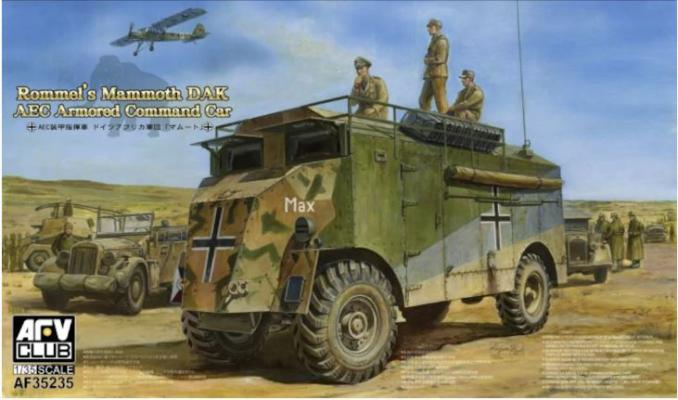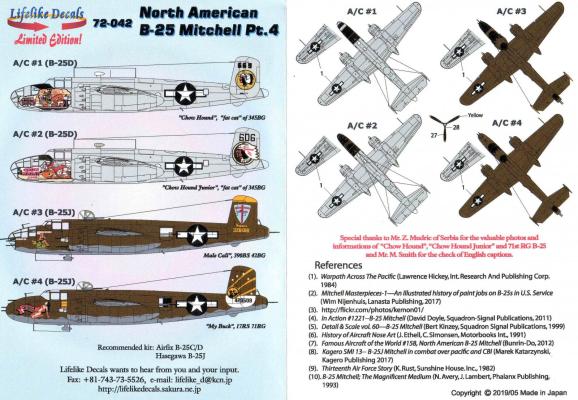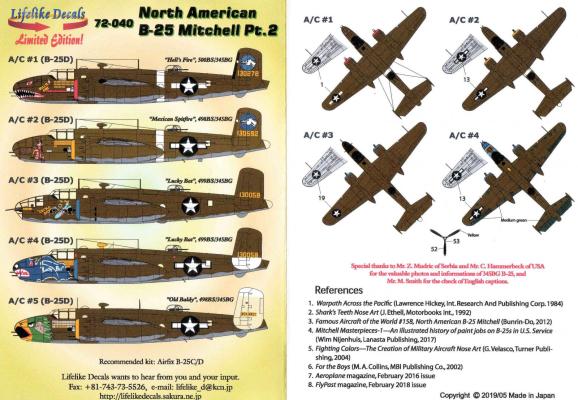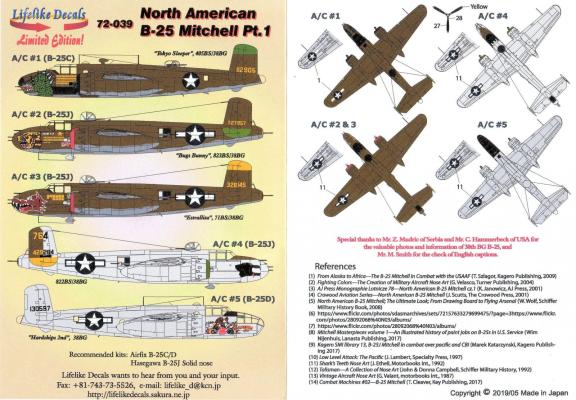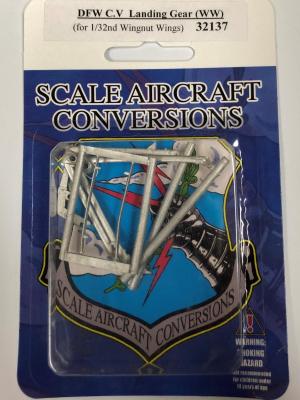AFV Club kits for me have always been a bit of a challenge - multi-part assemblies that could easily be presented as lower part count builds are usually the norm for me. This particular build for the most part avoids this issue, except for the undercarriage. The only real issues encountered for me was in the order of assembly in some cases which will be outlined as we go. The kit is a rebox of the AEC Dorchester kit from 2012. Obviously these three examples were basically captured Dorchesters so the only changes were in the interior equipment and schemes of the three examples captured by the Germans as we will soon see.
What’s Inside the Box
The kit has an assortment of different media-plastic, resin, and PE, but not in overwhelming amounts. Inside we get:











